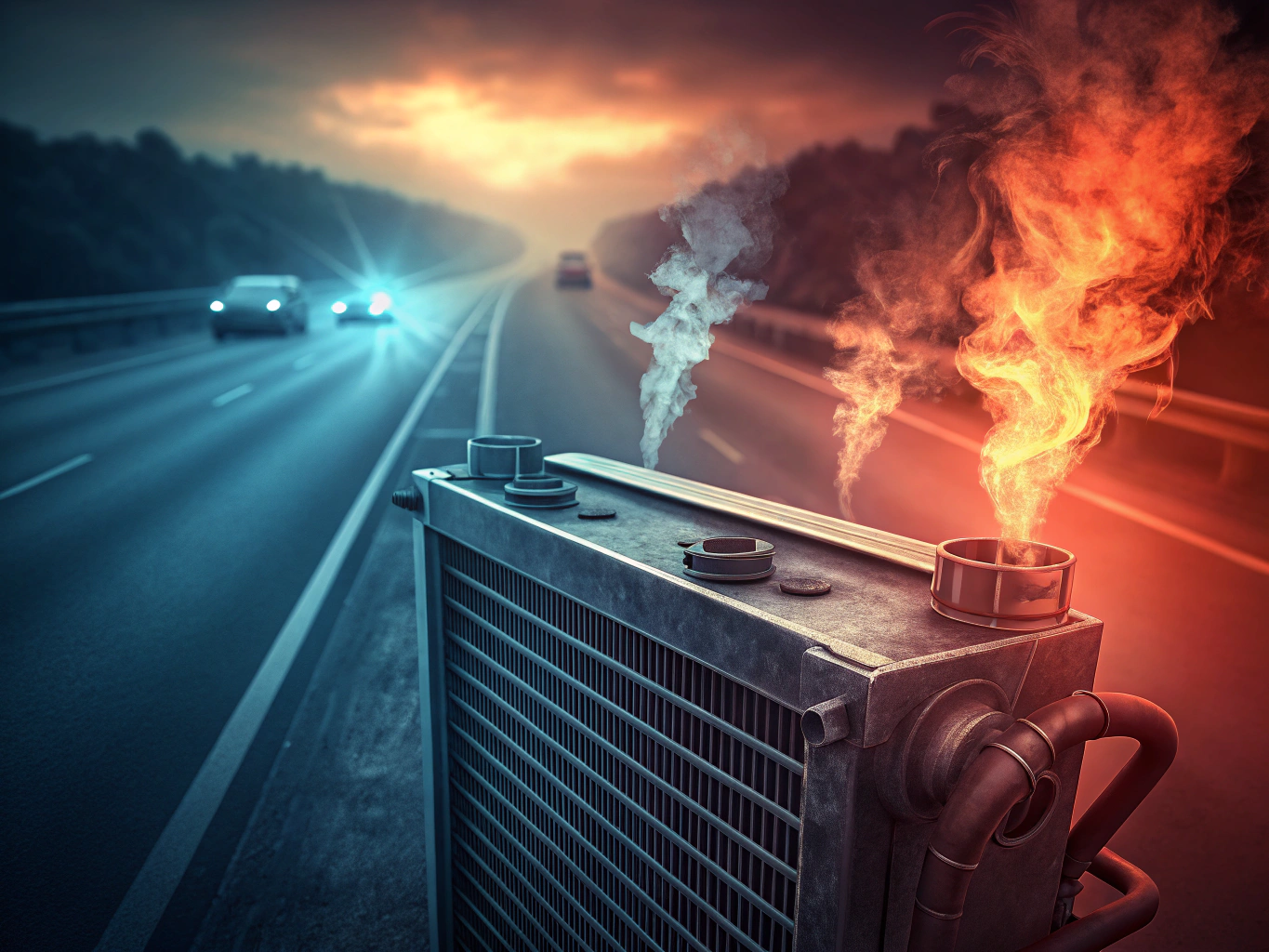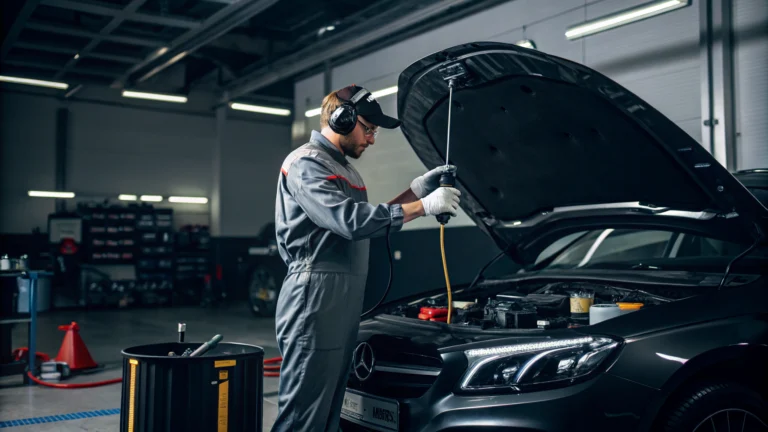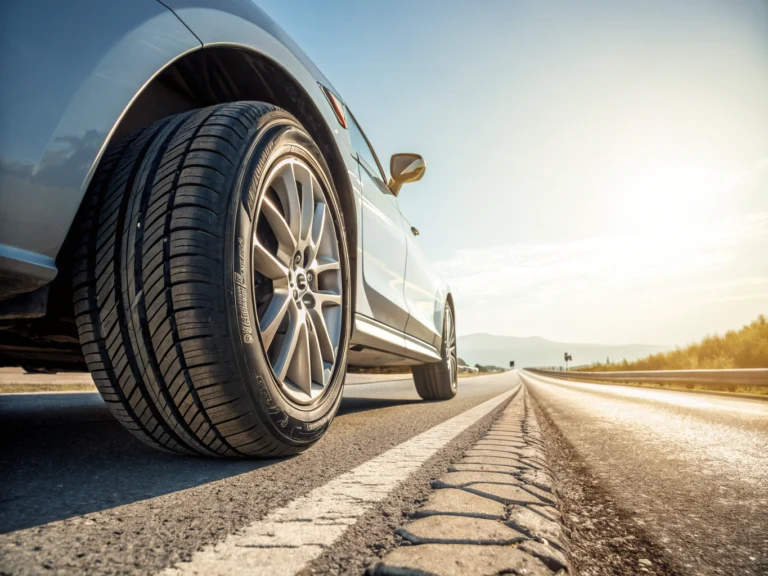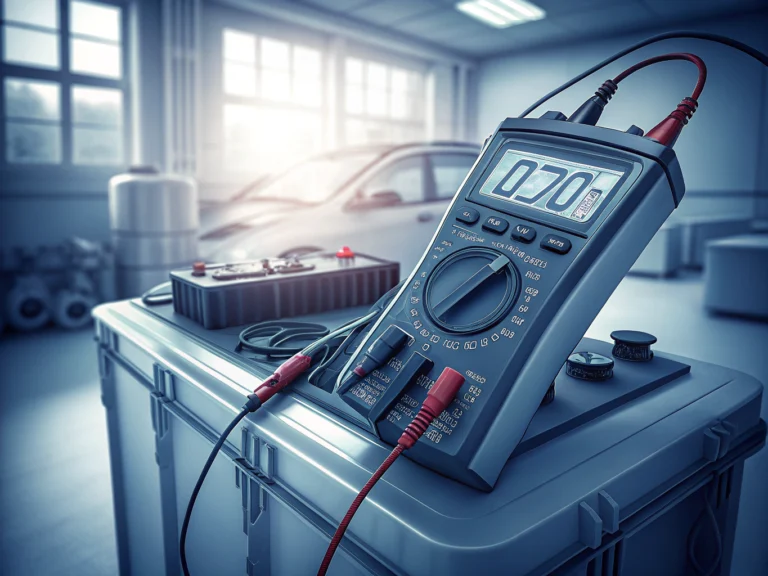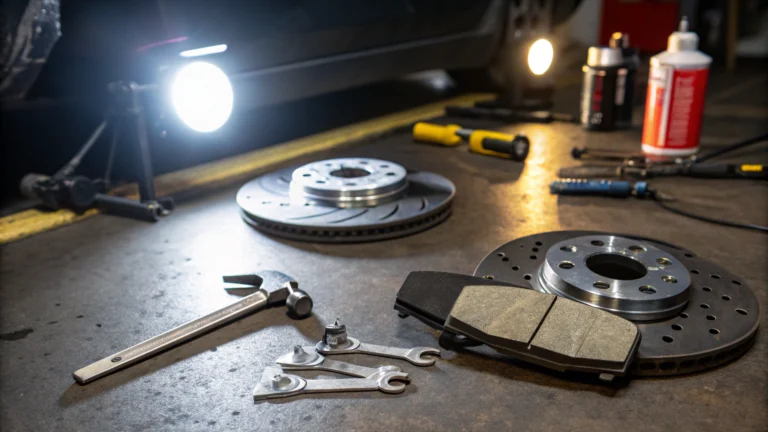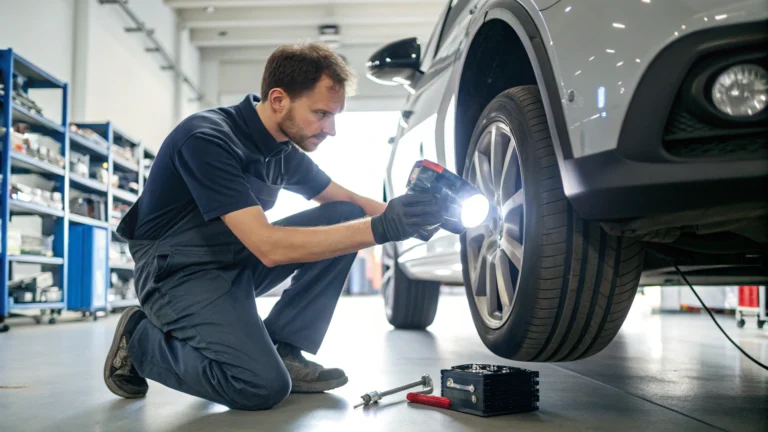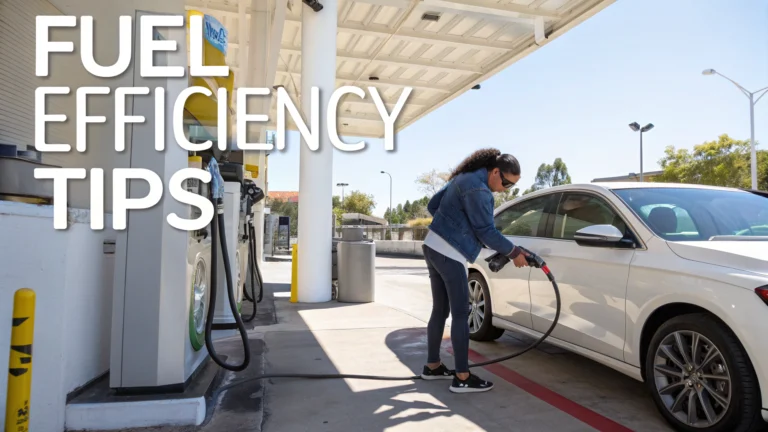Essential Guide: What to Do When Your Car Overheats
Table of Contents
Has your temperature gauge ever shot into the red zone while driving? Car overheating is a common yet serious issue that can leave you stranded and lead to significant engine damage if not addressed promptly. Understanding what to do when your car overheats can save you from expensive repairs and potentially dangerous situations.
Warning Signs Your Car Is Overheating
Recognizing the early warning signs of car overheating is crucial. Your vehicle will typically give you several indicators before a complete breakdown occurs. Watch for these symptoms:
- Temperature Gauge in the Red: The most obvious sign is your dashboard temperature warning light illuminating or the temperature gauge moving into the hot zone.
- Steam or Smoke: Steam (often mistaken for smoke) billowing from under your hood indicates that coolant is boiling and escaping.
- Unusual Smells: A sweet smell often indicates leaking coolant, while a burning smell could mean overheating oil or other fluids.
- Loss of Power: You might experience a sudden loss of engine power as the car’s computer may put it into “limp mode” to protect the engine.
- Engine Noises: Ticking or knocking sounds can occur as hot metal components expand beyond their normal tolerances.
What to Do When Your Car Overheats: 5 Critical Steps
When faced with an overheating vehicle, taking immediate and correct action can prevent catastrophic damage. Follow these critical steps:

1. Turn on the Heater
While it seems counterintuitive, immediately turn off your A/C and turn your heater on full blast. The heater core acts as a secondary radiator, drawing heat away from the engine and into the passenger compartment. This can provide crucial cooling while you find a safe place to stop.
2. Pull Over Safely and Shut Off the Engine
As soon as possible, find a safe location away from traffic, turn on your hazard lights, and shut off your engine. Continuing to drive an overheating car is the fastest way to cause severe, expensive damage.
3. Do NOT Open the Hood Immediately
Resist the urge to open the hood right away. An overheating engine creates immense pressure in the cooling system. Wait at least 20-30 minutes for the engine to cool down significantly. Opening the hood or radiator cap prematurely can result in severe burns from pressurized steam and coolant.
4. Check for Obvious Issues (Once Cool)
After the engine has cooled, carefully open the hood. Look for obvious leaks, puddles of coolant (often green, pink, or orange) under the car, or broken hoses. Locate the coolant reservoir (usually a translucent plastic tank) to check the level. Do not attempt to open the metal radiator cap itself unless the engine is completely cold to the touch.
5. Add Coolant or Water and Call for Help
If the coolant level is low, you can add a 50/50 mix of coolant and distilled water (or just water in an emergency) to the reservoir. However, this is a temporary fix. If there is a significant leak or if the car overheats again quickly, the safest option is to call for professional roadside assistance. Driving further risks destroying your engine. For more safety information on vehicle breakdowns, consult resources from the NHTSA.
Common Causes of Car Overheating
Understanding what’s causing your car overheating problem is essential for proper repairs. Several components in your cooling system could be the culprit.
- Low Coolant Levels: The most common cause, often due to a leak in a hose, the radiator, or the water pump.
- Faulty Thermostat: If the thermostat gets stuck in the closed position, it blocks coolant from circulating to the radiator.
- Malfunctioning Water Pump: The water pump is the heart of the cooling system. If its impeller fails or the drive belt breaks, coolant won’t circulate.
- Radiator Issues: A radiator can be clogged internally with rust and sediment or externally with bugs and debris, preventing it from dissipating heat effectively.
- Faulty Cooling Fan: The electric cooling fan is crucial for pulling air through the radiator in slow traffic. If the fan, its motor, or the sensor fails, the car will overheat when stationary or moving slowly.
- Blown Head Gasket: This is a more serious issue where the gasket between the engine block and cylinder head fails, allowing coolant and oil to mix or exhaust gases to enter the cooling system.
Preventing Future Car Overheating: Maintenance Best Practices
Preventing car overheating is far easier and less expensive than dealing with the aftermath. A proactive maintenance approach is your best defense.
- Regular Coolant Checks: Monthly, check the coolant level in the reservoir and top up as needed. Follow your owner’s manual for coolant flush intervals (typically every 30,000-50,000 miles).
- Inspect Belts and Hoses: Routinely examine hoses for cracks, bulges, or softness. Check the serpentine belt for signs of wear and proper tension.
- Keep the Radiator Clean: Ensure the front of your radiator is free of bugs, leaves, and dirt that can block airflow.
- Heed the Warnings: Never ignore a check engine light or a temperature gauge that reads higher than normal. Early intervention is key.
By following these preventative measures, you’ll significantly reduce the chances of experiencing car overheating emergencies and extend the life of your engine.
Frequently Asked Questions
Why is my car overheating?
Your car may overheat due to low coolant, a malfunctioning thermostat, radiator problems, or a broken water pump. Other possible causes include a faulty cooling fan, clogged radiator, or a blown head gasket. Regular maintenance of your cooling system can help prevent these issues.
Can I still drive my car if it’s overheating?
It is not recommended; driving while overheating can cause severe engine damage. If you notice your temperature gauge rising or warning light illuminated, pull over safely as soon as possible and turn off the engine. Continuing to drive can result in warped cylinder heads, blown head gaskets, or even complete engine failure.
How can I cool down an overheating car quickly?
Turn off the A/C, blast the heater, pull over safely, and shut off the engine. Wait at least 20-30 minutes for the engine to cool down before checking coolant levels. Never open a hot radiator cap as it can cause severe burns from pressurized hot coolant.
As an Amazon Associate we earn from qualifying purchases.
